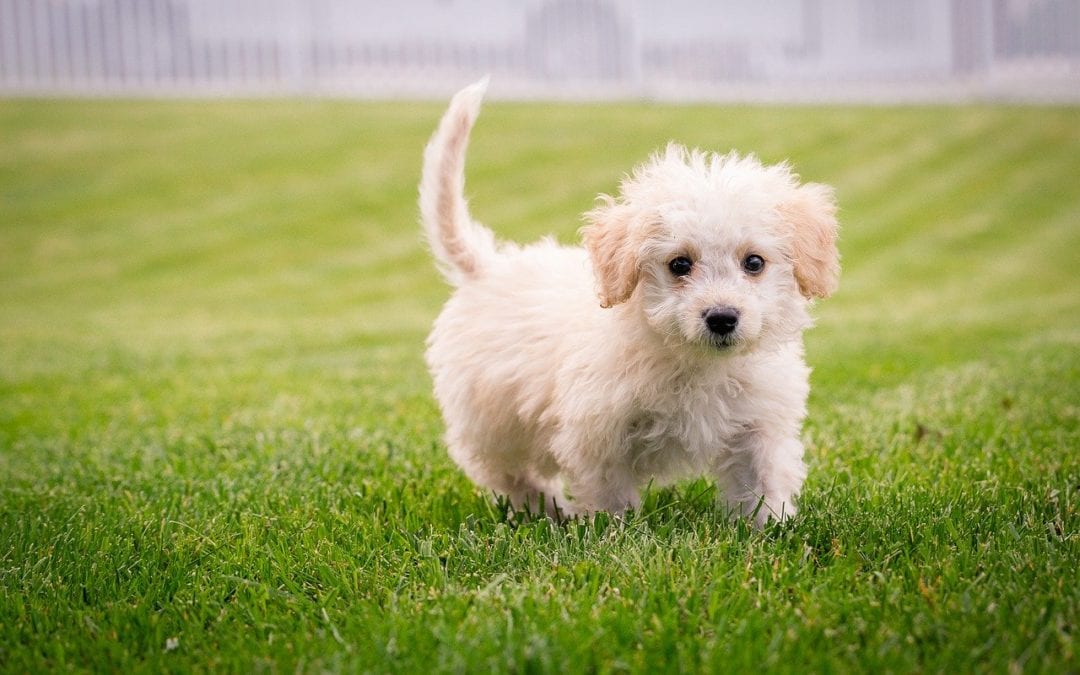Oral Care for your new family member
Getting a new puppy and kitten is an exciting and busy time. There is a lot to introduce and teach your new pet. One important aspect of health care to include in this exciting adventure is dental care. This includes introducing brushing teeth and monitoring for dental abnormalities with your veterinarian.
Introducing Brushing Teeth
Brushing teeth can certainly be a struggle as pets get older. Introducing teeth brushing early on can make this process easier. The goal is to make the process fun and stress free.
Adult teeth in puppies and kittens erupt between 4-6 months old. It is important not to introduce and vigorous brushing until these teeth are fully in. During this transition when deciduous (baby) teeth are falling out and adult teeth are coming in, your pet’s mouth will likely be sensitive due to the associated inflammation. Brushing teeth during this period can cause added pain and sensitivity creating a negative experience for your pet. So what can you do until then?
Introduce the tooth paste. Place a little tooth paste on a favorite toy so your pet gets used to the taste. You can also introduce the brush and allow your pet to sniff or lick a tasty treat from the bristles. Start lifting the lips on your pet and/or gently touch or rub the outside of their teeth with your finger. You can reward them with a treat or toy after. If your pet gets too stressed at any step, back up and start with smaller steps. By the time your pet is over six months, you can slowly introduce teeth brushing with a finger brush or tooth brush.
Dental abnormalities
Your puppy or kitten will be making frequent trips to the vet to receive proper medical care as they grow. Your veterinarian will likely do a full physical exam including looking in the mouth. There are a few abnormalities that may be found, that can be addressed and treated early. These include missing teeth, retained deciduous (baby) teeth, or malalignment of the jaw.
As discussed earlier, adult teeth typically come in by 6 months. If your pet has a missing tooth, it should be further evaluated. Dental x-rays should be performed to determine if there is an adult tooth that is under the gum line or if there is no tooth at all. If the tooth is missing completely, no further treatment is needed. If the adult tooth is present and has not erupted above the gum line, it can form into a cyst that can cause damage to the surrounding bone or teeth. These teeth will need to be extracted to prevent further damage.
Deciduous teeth are considered retained when they have not fallen out by 6 months or when all adult teeth are in. When retained, these teeth can cause crowding, malalignment of adult teeth, and cause accelerated tartar build-up and periodontal disease. These teeth should be extracted within the first year to prevent these complications. Sometimes, these teeth can be extracted during spaying and neutering depending on the timing.
Malocclusions are teeth or jaws that are not in the proper position. This can include overbites, underbites, or rotated teeth. When malocclusion occurs, teeth are not able to contact each other properly. This can cause abnormal wear on teeth or trauma to the soft tissue structure surrounding the teeth. These should be closely monitored by you and your veterinarian. Depending on the type of malocclusion, certain teeth may need to be extracted to avoid unwanted wear or trauma.

